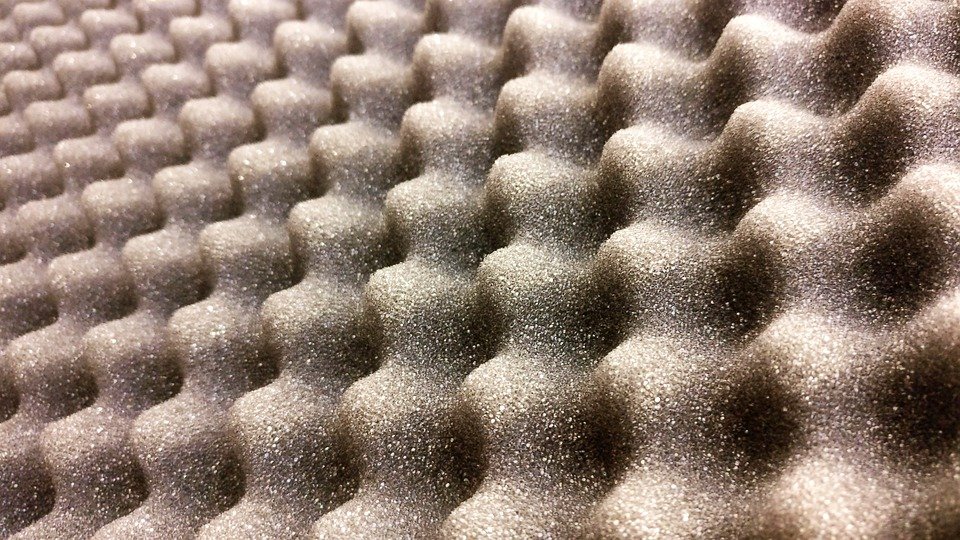
The endocrine system is a complex network of glands and organs that produce and release hormones that regulate various bodily functions. These hormones act as chemical messengers, traveling through the bloodstream to target cells and tissues to control processes such as metabolism, growth, and reproduction. The endocrine system plays a crucial role in maintaining the body’s internal balance, or homeostasis, and is often referred to as the body’s master regulator.
The endocrine system is made up of several glands, including the pituitary gland, thyroid gland, adrenal glands, pancreas, and ovaries or testes. Each gland produces specific hormones that have unique roles in regulating various bodily functions. For example, the thyroid gland produces hormones that control metabolism, while the adrenal glands produce hormones that regulate stress response and blood pressure.

The pituitary gland, often referred to as the “master gland,” is a small pea-sized gland located at the base of the brain. It produces several hormones that control the function of other endocrine glands in the body. The pituitary gland releases hormones that stimulate the thyroid gland, adrenal glands, and ovaries or testes to produce their respective hormones.
The hypothalamus, a small region of the brain located above the pituitary gland, plays a key role in regulating the endocrine system. It produces hormones that stimulate or inhibit the release of hormones from the pituitary gland. The hypothalamus acts as a bridge between the nervous system and the endocrine system, helping to coordinate the body’s response to internal and external stimuli.

The thyroid gland is located in the neck and produces hormones that regulate metabolism, energy production, and growth. Thyroid hormones control the rate at which the body uses energy, helping to maintain a steady body temperature and regulate heart rate and blood pressure.
The adrenal glands are located on top of the kidneys and produce hormones that help the body respond to stress and regulate blood pressure. The adrenal glands release hormones such as cortisol and adrenaline, which help the body cope with stressful situations and maintain energy levels.

The pancreas is a gland located behind the stomach that produces hormones such as insulin and glucagon, which regulate blood sugar levels. Insulin helps the body use glucose for energy, while glucagon helps release stored glucose into the bloodstream when blood sugar levels are low.
The ovaries, located in the pelvis of females, produce hormones such as estrogen and progesterone, which control reproductive functions and regulate the menstrual cycle. The testes, located in the scrotum of males, produce hormones such as testosterone, which control male reproductive functions and secondary sexual characteristics.
Overall, the endocrine system plays a crucial role in maintaining the body’s internal balance and regulating various bodily functions. When the endocrine system is not functioning properly, it can lead to hormonal imbalances and health problems such as diabetes, thyroid disorders, and infertility.
Understanding the endocrine system and how it functions is essential for maintaining overall health and well-being. By being aware of the different glands and hormones involved in the endocrine system, individuals can take steps to support their hormonal health through proper nutrition, exercise, and stress management. It is important to consult with a healthcare provider if you suspect any hormonal imbalances or health issues related to the endocrine system. By working together with healthcare professionals, individuals can address any underlying issues and maintain optimal hormonal balance for overall health and wellness.

Discover more from Bibliobazar Digi Books
Subscribe to get the latest posts sent to your email.

